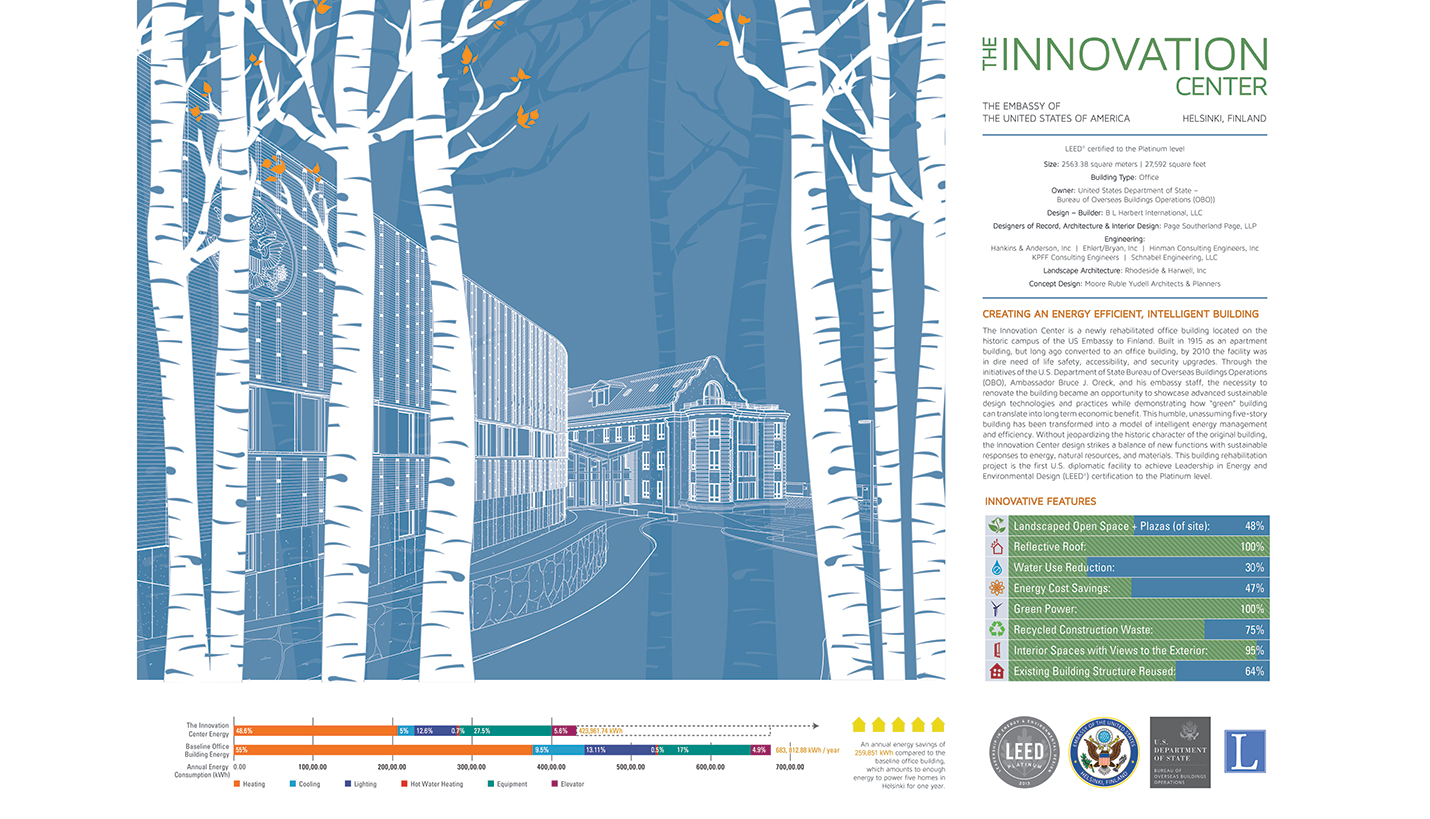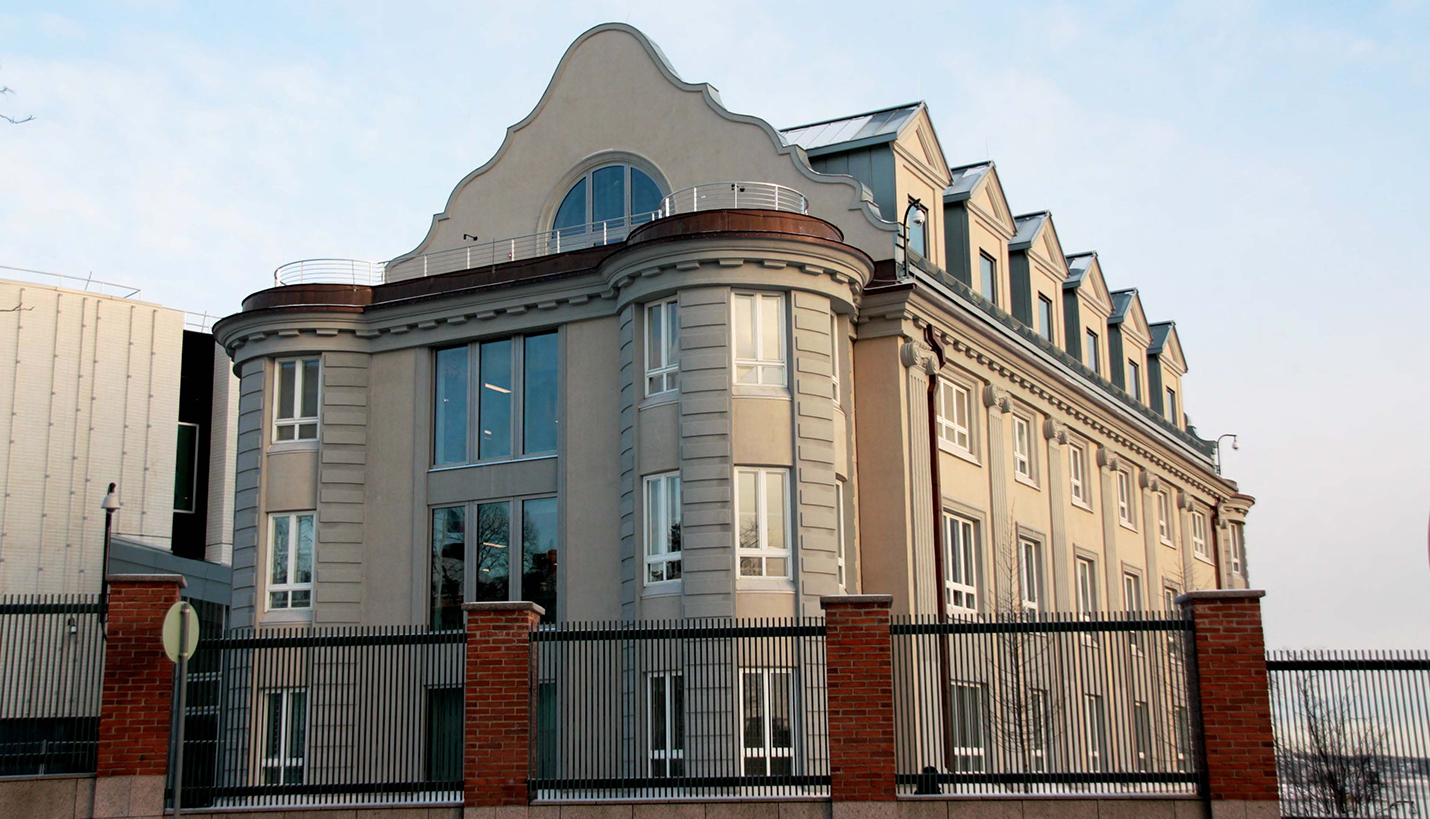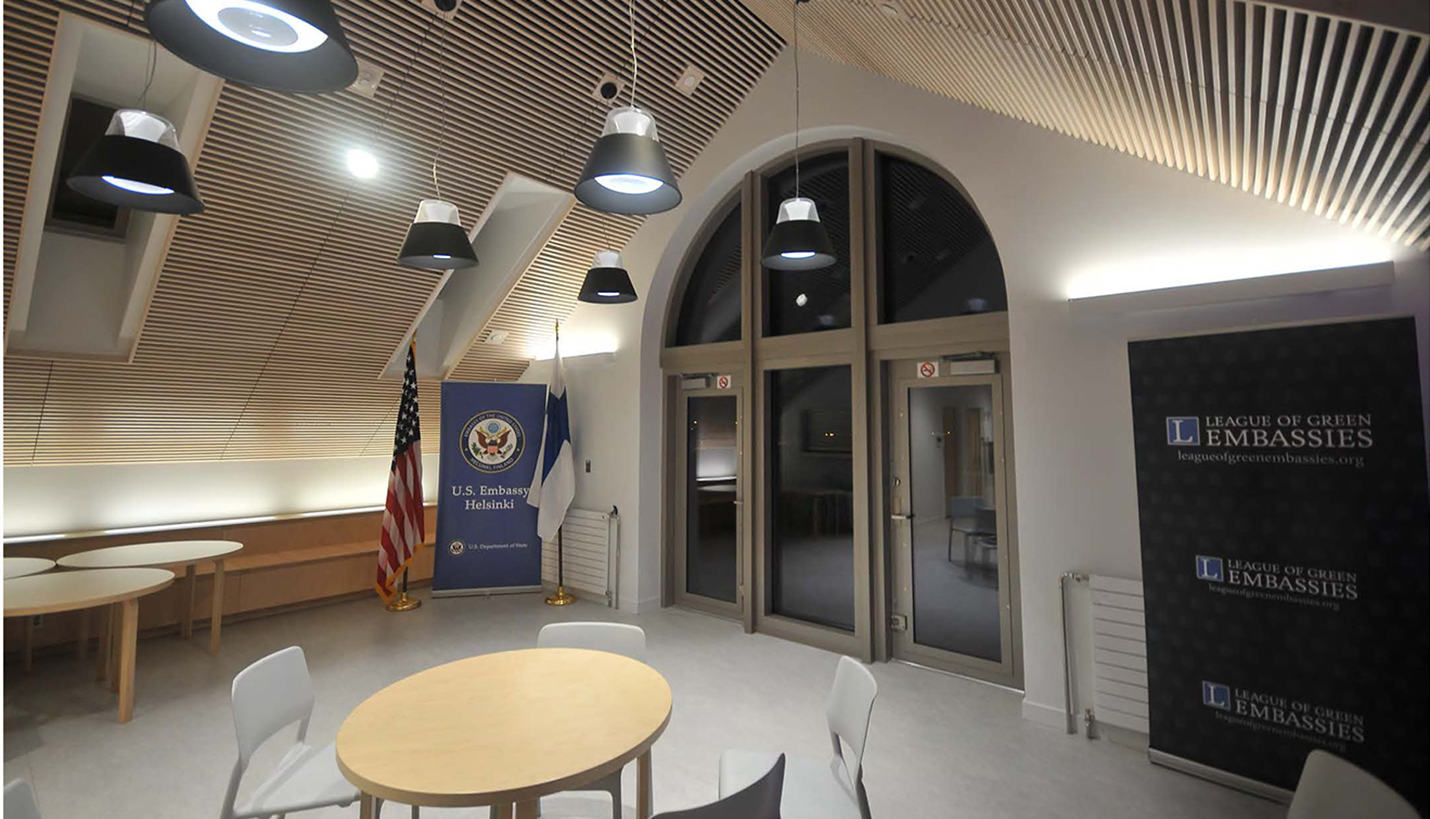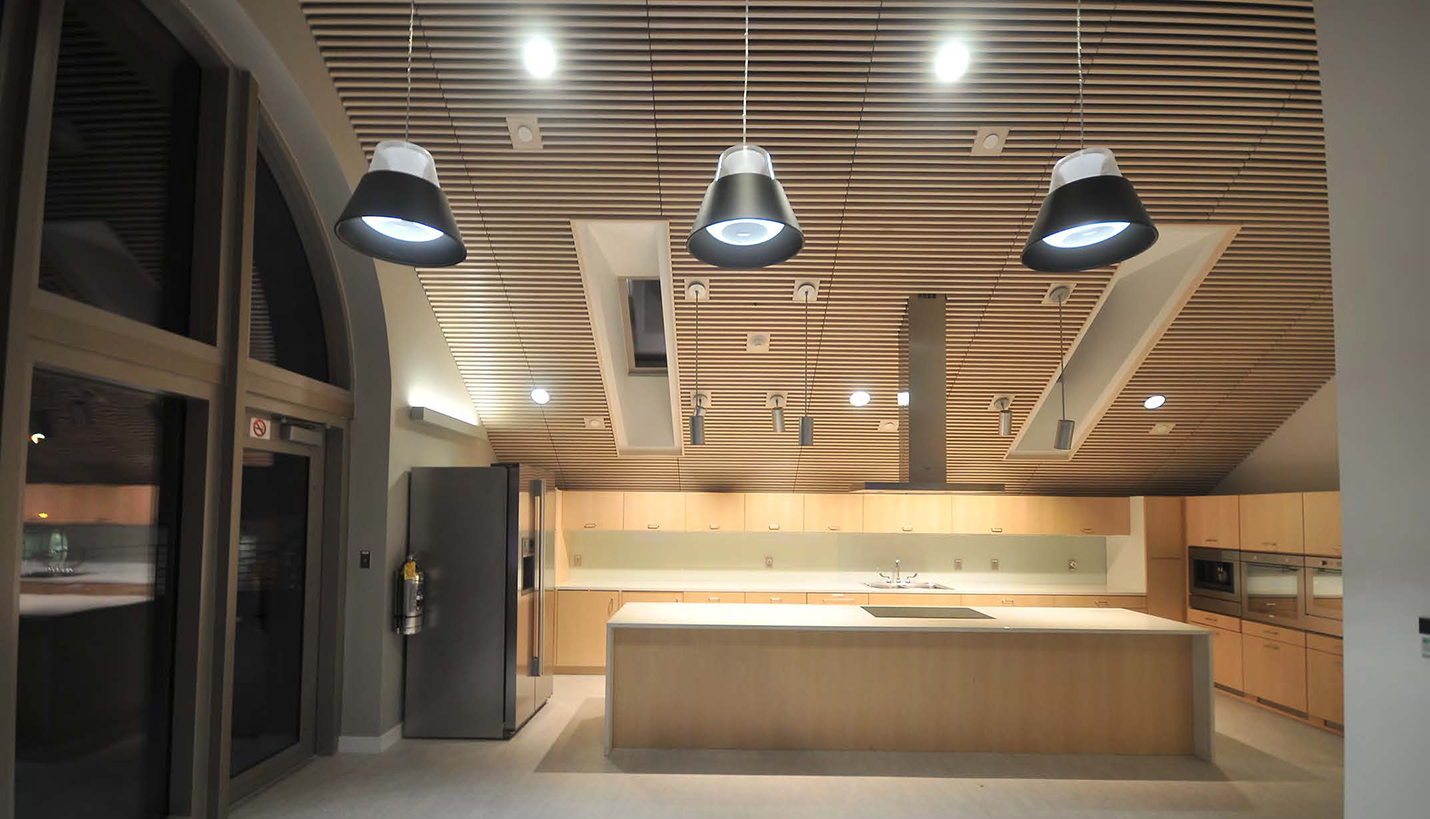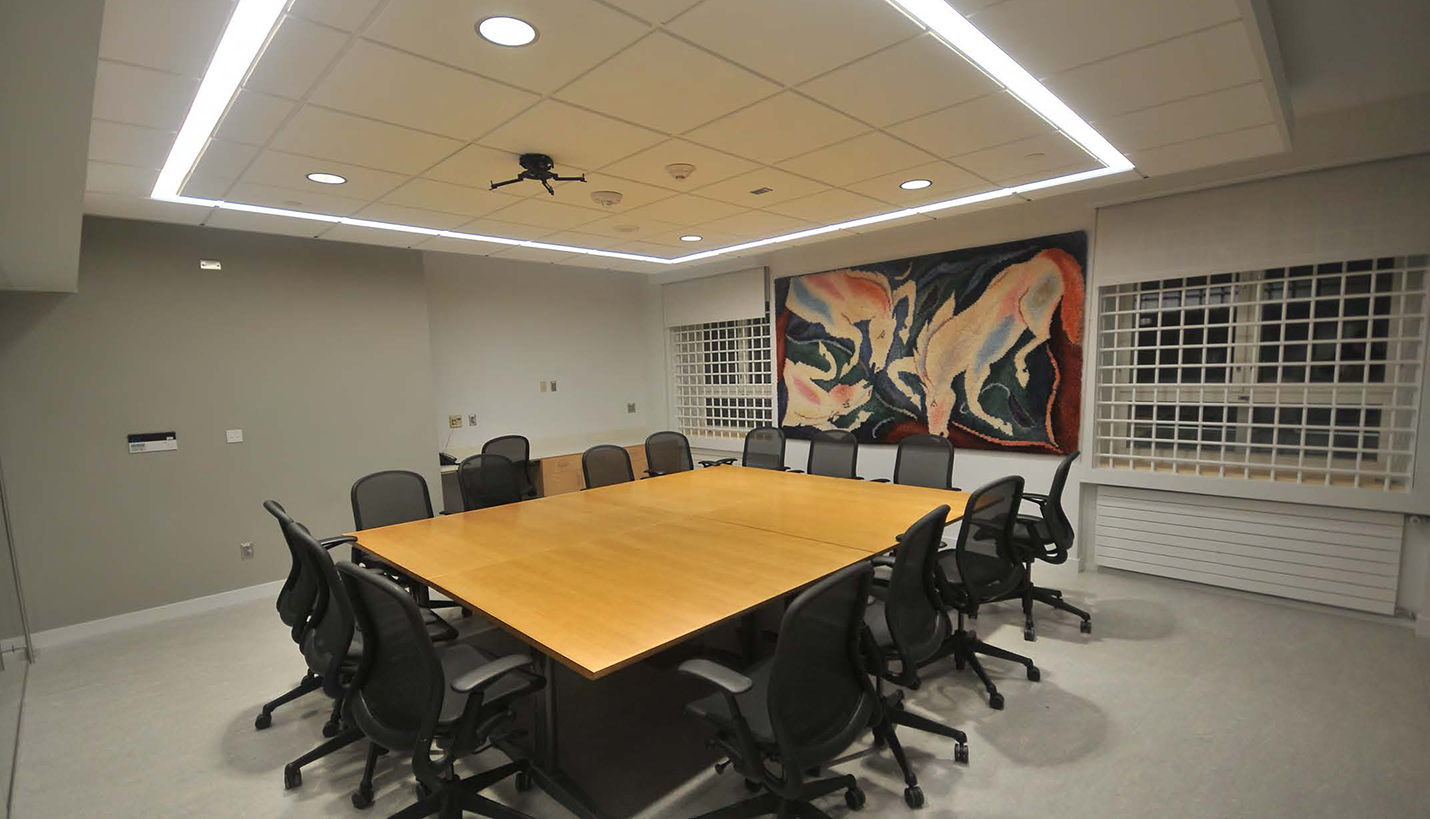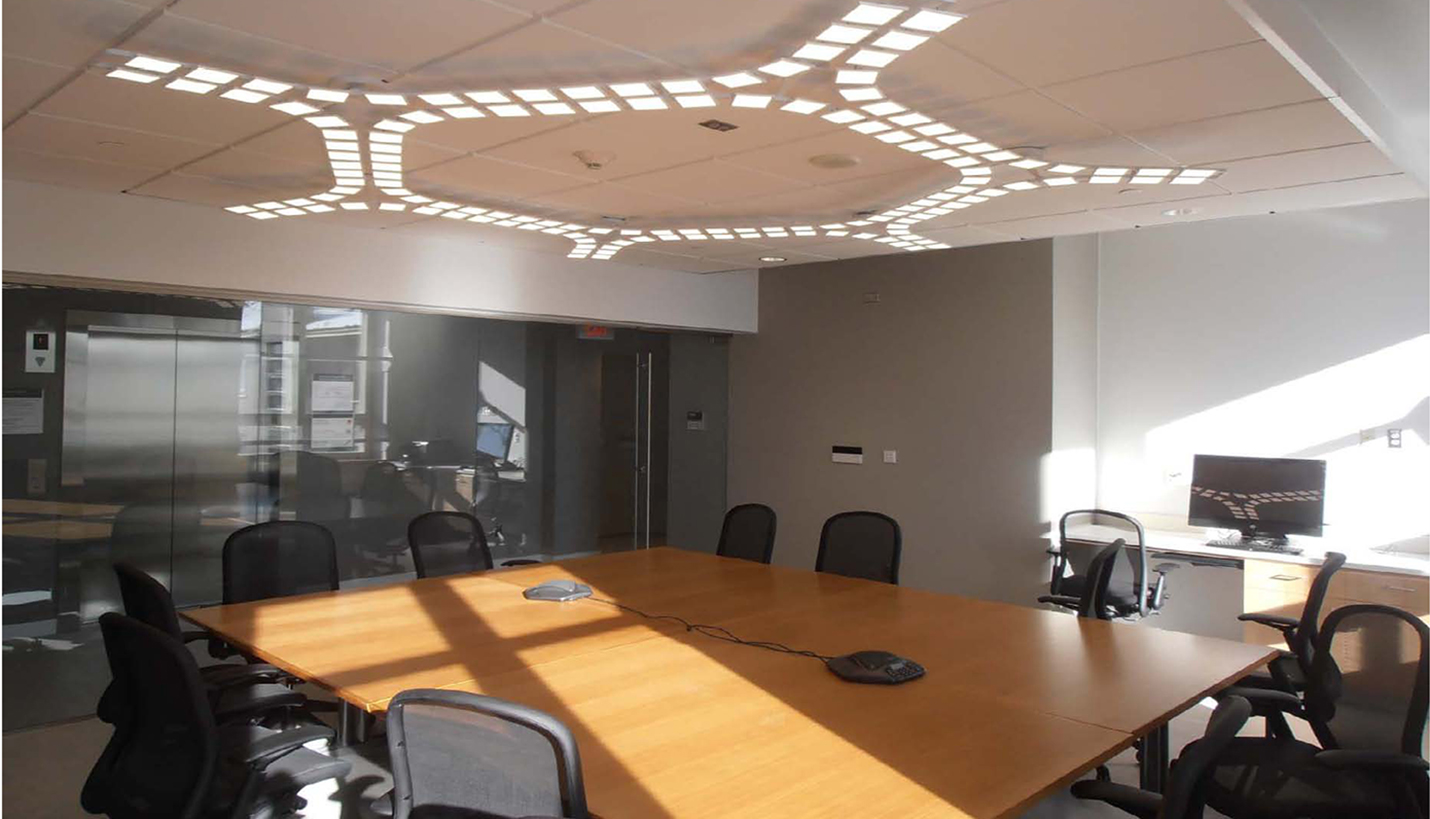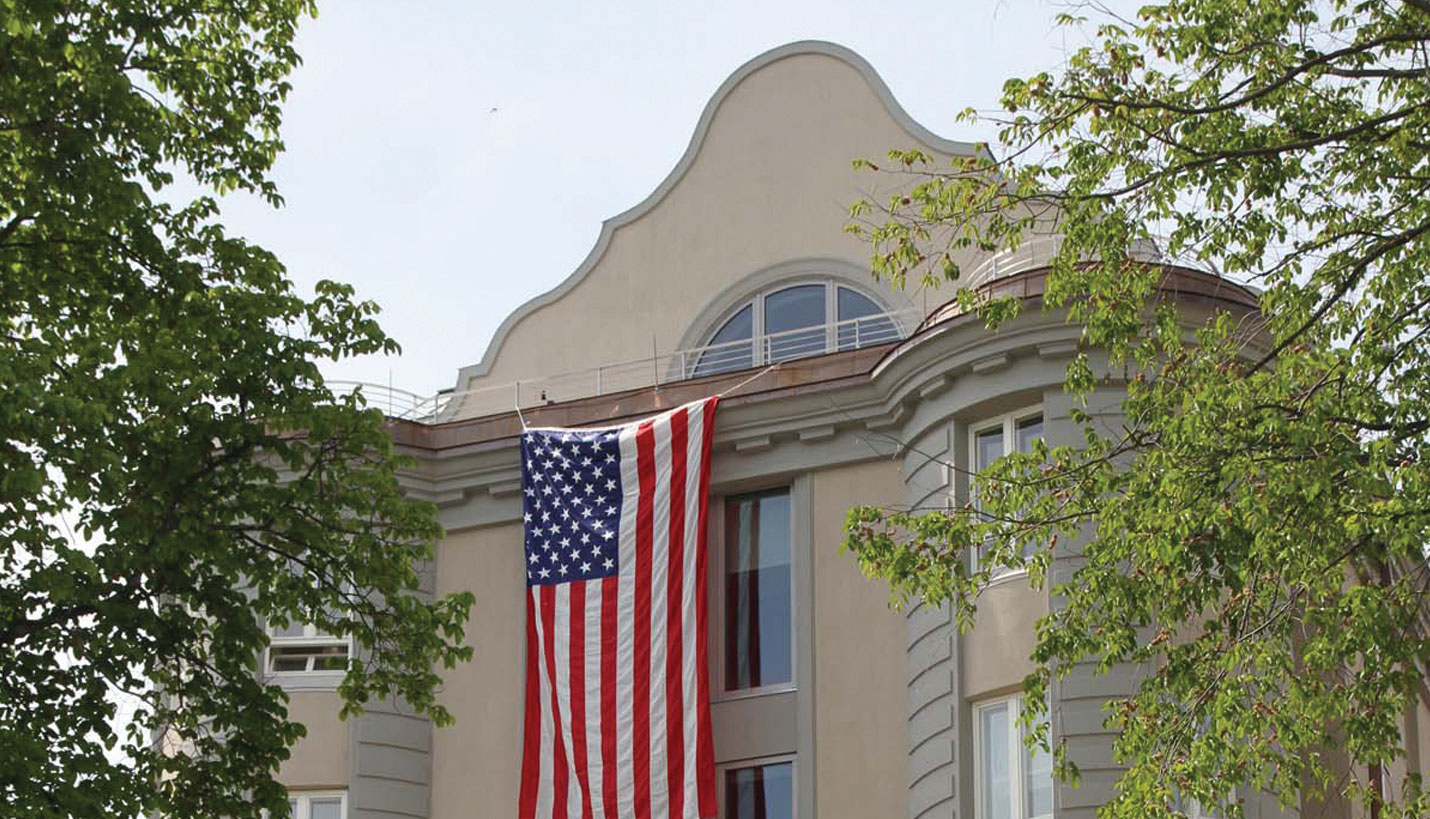American 'Innovation Center' A Model For Green Technology And Diplomacy
An article on Forbes.com explains what makes the Innovation Center at the American Embassy in Helsinki so, well, innovative. Reporter Lisa Wirthman writes that the building, an initiative of the U.S. Department of State Bureau of Overseas Buildings Operations (OBO), is also an example of "economic statecraft". Page was the Designer of Record for the architecture and interior design for the entire design-build embassy project, in partnership with contractor B.L. Harbert, International, LLC. Moore Ruble Yudell Architects & Planners are OBO’s concept architects. To view the full story, click More below.
American 'Innovation Center' A Model For Green Technology And Diplomacy
By Lisa Wirthman
To promote energy efficiency and clean technologies on a global scale, the U.S. is setting an example on sustainable building with its League of Green Embassies Initiative.
Leading the way is the U.S. Embassy in Helsinki. Its newly renovated Innovation Center is a showcase for American-made sustainable building technologies, from district heating and cooling, to LED and Organic LED (OLED) lighting throughout – innovations projected to reduce the building’s total energy costs by 47 percent.
Sustainable Diplomacy
But the $125 million Innovation Center, which houses the public offices of the U.S. Embassy in Finland, is more than just a building. Overlooking the Baltic Sea, with great views of downtown Helsinki and walk-out decks, the center is also a popular venue for meeting to discuss economic, political and cultural issues in the region.
“One of the missions of 21st century diplomacy has been a call for economic statecraft,” said U.S. Ambassador to Finland Bruce J. Oreck. A term coined by former Secretary of State Hillary Clinton, “economic statecraft” places business at the heart of U.S. foreign policy.
To that end, the embassy not only showcases, but helps promote the American high-performance energy technologies it utilizes. With Finland serving as a technology center for the broader region, including Russia, the Baltics and the other Nordics, it’s also a place where regional businesses and investors can connect with their U.S. counterparts.
In June, for example, the embassy’s political/economic section helped U.S.-based aerospace firm GA Telesis broker a deal worth $500 million with a Russian client that will create about 120 American jobs. “We really are innovating in the way that we are engaging our own public,” said Rodney Hunter, Political/Economic Chief for the Helsinki Embassy.
These international business opportunities also help foster dialogue on political and social issues, Oreck said. “We’re making friends and gaining ground in ways that we have not in the past,” he added. The Innovation Center will have hosted over 500 events by year’s end on issues ranging from LGBT discrimination in the workplace to women’s rights and healthcare issues, Hunter added.
A Historic Building with a New Purpose
Built as an apartment building in 1915, the U.S. Embassy in Helsinki was later converted to offices for about 150 embassy staff. But the century-old building had become unsafe and required refurbishing.
Opened in February, the Innovation Center was able to retain over 60 percent of the original building. It now features water conservation fixtures that reduce consumption by 31 percent, a “cool roof” that reflects heat, and nanotech film on its windows that helps regulate temperature. It’s also the first LEED Platinum embassy building in the world, Oreck said, giving taxpayers a 20-50 percent rate of return on their investment each year.
The Innovation Center is now a model – and a testing ground – for sustainable technologies that can be replicated in other government buildings, including the new U.S. Embassy in London, scheduled to be completed in 2017.
“We’ve taken the risk out and shown that this can be done successfully,” Oreck said. “Part of our story as Americans is that we are willing to fail because failure is an essential step in the process to success,” he added. “It’s not that we’re delighted when something doesn’t work — but we are not afraid.”
Contributed By
Lisa Wirthman, Forbes Magazine
03/07/2014
People
Related Posts
- Setting new standards in embassy design
- US Department of State Announces Dedication of Helsinki Embassy Campus Renovation
- OBO Announces LEED Platinum Certification for Major Renovation in Finland
- Page Project Achieves LEED Platinum Certification
- Case Study: Creating an Energy Efficient, Intelligent Building in Finland
- Congratulations to 2019 Newly Licensed Professionals
- Evolving Our Building Sciences Practice



